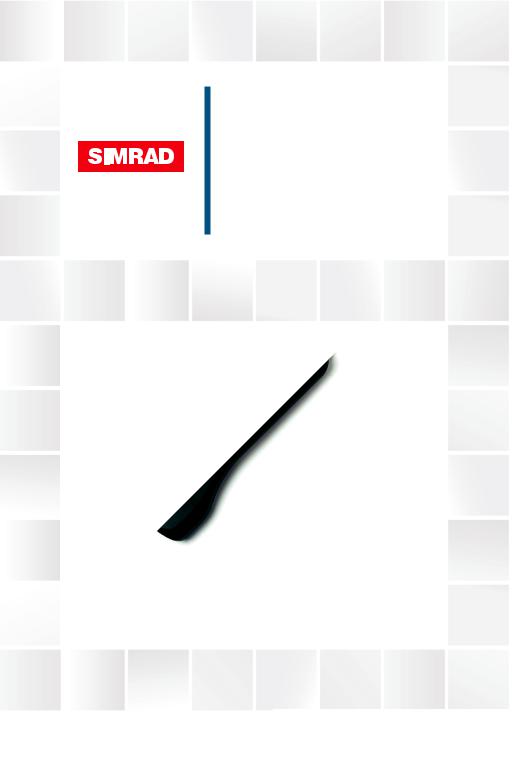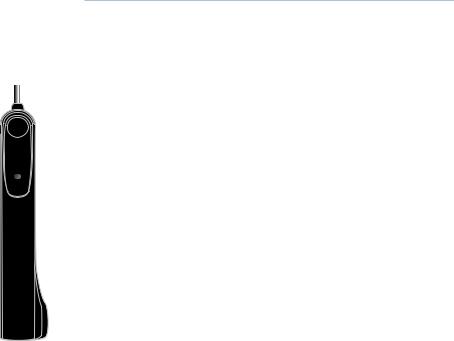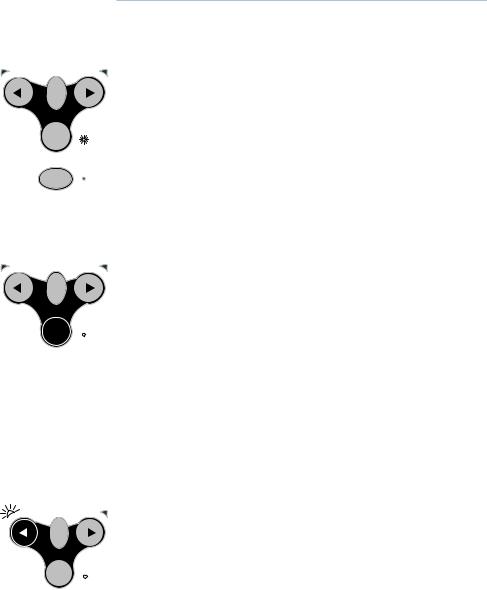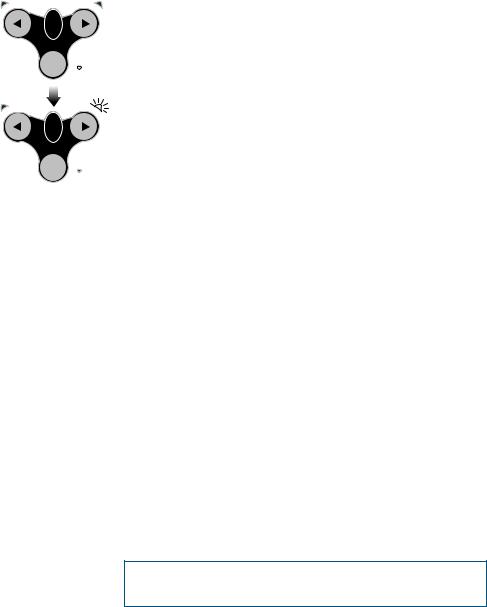Simrad TP32, TP22, TP10 User Manual

TP10,TP22,TP32
User Guide
ENGLISH
simrad-yachting.com

Preface
As Navico is continuously improving this product, we retain the right to make changes to the product at any time which may not be reflected in this version of the manual. Please contact your nearest distributor if you require any further assistance.
It is the owner’s sole responsibility to install and use the equipment in a manner that will not cause accidents, personal injury or property damage. The user of this product is solely responsible for observing safe boating practices.
NAVICO HOLDING AS AND ITS SUBSIDIARIES, BRANCHES AND AFFILIATES DISCLAIM ALL LIABILITY FOR ANY USE OF THIS PRODUCT IN A WAY THAT MAY CAUSE ACCIDENTS, DAMAGE OR THAT MAY VIOLATE THE LAW.
Governing Language: This statement, any instruction manuals, user guides and other information relating to the product (Documentation) may be translated to, or has been translated from,
another language (Translation). In the event of any conflict between any Translation of the Documentation, the English language version of the Documentation will be the official version of the Documentation.
This manual represents the product as at the time of printing. Navico Holding AS and its subsidiaries, branches and affiliates reserve the right to make changes to specifications without notice.
Copyright
Copyright © 2012 Navico Holding AS.
Warranty
The warranty card is supplied as a separate document.
In case of any queries, refer to the our web site: www.simrad-yachting.com
Preface| TP10, TP22 & TP32 User Guide |
| 1 |

Contents
3 General
3Introduction
4The SimNet network system
5Operation
5 General
5Autopilot mode
5Adjusting course
6Autotack
7Advanced Features
7Nav mode
7Steer To Wind
8Using an external compass
9Configuration
9 Porthand mounting
9 Calibration mode
11Autotrim
12Installation
12 Fitting the Tillerpilot
14 Electrical installation
16Interfacing via SimNet
17Configuring the TP on the SimNet bus
18Interfacing via NMEA
19Electronic interference suppression
19Auto compass calibration
21 Appendix
21Advice on operation
22Troubleshooting
24NMEA sentences received
25Spares & accessories
25Mounting accessories
26Dimensions
26 Specification
2 | |
Preface | TP10, TP22 & TP32 User Guide |

1 General
Introduction
The TP10, TP22, and TP32 Tillerpilots from Simrad are suitable for a wide variety of tiller-steered sailing yachts up to 12 m (39ft) overall length.
Combining highly sophisticated electronics with advanced software
and a powerful mechanical drive, they are capable of providing
reliable and accurate steering performance under a variety of different conditions with minimal current consumption.
The Tillerpilots have been designed so that, while they represent the
state-of-the-art in marine autopilots with many advanced features, they remain very simple to operate, using only five keys to access all functions.
Sophisticated functions of the TP22 and TP32 include Steer To Wind mode and Nav mode (Steer To GPS) using external equipment linked directly to the Tillerpilots via the SimNet high-speed bus, or through the built-in NMEA 0183 interface. There is also the option to operate the Tillerpilots remotely using a remote controller. For more details please refer to our website: www.simrad-yachting.com.
To ensure the best results from your Tillerpilot, it is essential that the unit is installed correctly. Please read this manual thoroughly before installation.
General | TP10, TP22 & TP32 User Guide |
| 3 |

The SimNet network system
The SimNet system is built around a high-speed bus networking system, that allows the TP22 and TP32 to be easily interconnected to Simrad instruments and navigation equipment.
Units are interconnected and powered using a standard single cable.
Typical SimNet system
The Tillerpilot can receive navigational information from the chartplotter for Steer To GPS (Nav mode).
It will also accept wind angle data from the wind transducer for Steer To Wind mode, boat speed data from the Speed instrument, and heading data from the compass transducer.
Additionally, heading data from the Tillerpilot’s built-in fluxgate compass can be displayed on any instrument displays capable of showing compass information.
¼¼ Note: Heading data from the Tillerpilot will only be shown on instrument displays if there is no external compass transducer present on the network. Priority is always given to external compass transducers for heading data.
4 | |
General | TP10, TP22 & TP32 User Guide |

2
TACK
STBY
AUTO
NAV
TACK
STBY
AUTO
TACK
STBY
AUTO
Operation
General
The unit powers up in Standby mode indicated by a flashing LED next to the STBY/AUTO key. The two direction LEDs above the Port
( ) and Starboard (
) and Starboard ( ) keys are always dimly lit, which provides night illumination for the keypad. All functions are confirmed audibly by a “beep” and visually by the LEDs, so the status of the unit can always be confirmed at a glance.
) keys are always dimly lit, which provides night illumination for the keypad. All functions are confirmed audibly by a “beep” and visually by the LEDs, so the status of the unit can always be confirmed at a glance.
¼¼ Note: The NAV key on the TP22 and TP32 is labeled CAL on the TP10. Both keys are referenced where applicable.
Autopilot mode
While in Standby mode, the pushrod can be manually driven in and out by pressing the arrowed Port ( ) and Starboard (
) and Starboard ( ) keys, which allows “power steering” of the vessel.
) keys, which allows “power steering” of the vessel.
To engage Autopilot mode, press the STBY/AUTO key and the Tillerpilot will lock onto the current course. The LED next to this key will stop flashing and remain permanently lit as long as the pilot is in Autopilot mode.
To lock the pilot onto the desired course, either steer the correct course and then engage the autopilot, or engage the autopilot and then adjust the heading until the correct course is being sailed (see “Adjusting course” on page 5).
If the STBY/AUTO key is pressed and held, the pilot will beep a second time and lock onto the previously used heading (this feature will not be available if the unit has just been switched on).
Adjusting course
In Autopilot mode, precise course adjustments can be easily made:
-- Press the Port ( ) or Starboard (
) or Starboard ( ) key once and a 1º course adjustment will be made in the specified direction. This is confirmed by a single beep and the Port or Starboard LED will flash once.
) key once and a 1º course adjustment will be made in the specified direction. This is confirmed by a single beep and the Port or Starboard LED will flash once.
-- Press and hold either key and a 10º course adjustment will be made, confirmed by a double beep and a double flash of the Port or Starboard LED.
¼¼ Note: Following any course adjustment in Nav mode (see “Nav mode” on page 7), the Tillerpilot will gradually return to the navigation track.
Operation | TP10, TP22 & TP32 User Guide |
| 5 |

TACK
STBY AUTO
TACK
STBY AUTO
Autotack
The Tillerpilot has a built-in autotack facility, allowing easy tacking of the vessel when singleor short-handed. An autotack is only possible in Autopilot mode.
To initiate autotack, press and hold the TACK key, then short press the Port ( ) or Starboard (
) or Starboard ( ) key whilst keeping the tack key held down until both LEDS illuminate and you hear a beep. To confirm the autotack press the Port (
) key whilst keeping the tack key held down until both LEDS illuminate and you hear a beep. To confirm the autotack press the Port ( ) or Starboard (
) or Starboard ( ) key depending on which direction you wish to tack.
) key depending on which direction you wish to tack.
The operation of the Tillerpilot will differ during an autotack, depending on whether the pilot is in Steer To Compass or Steer To Wind mode:
Autotacking in Compass mode
If in Compass mode (default), the Tillerpilot will tack the vessel in the selected direction through a tack angle of 100º.
Autotacking in Wind mode
The Tillerpilot will tack the vessel through to the same apparent wind angle, but on the opposite tack.
¼¼ Note: As a safety feature the Tillerpilot will only allow an autotack if the apparent wind is less than 90º – i.e. autotack is disabled when sailing downwind.
¼¼ Note: The Tillerpilot automatically prevents tacking in the wrong direction – if on Port tack, only an autotack onto Starboard tack will be possible.
Autotacking in Nav mode
As the Tillerpilot will be steering directly to a waypoint, the autotack facility is disabled while in Nav mode.
If it is necessary to perform an autotack, disengage Nav mode by pressing the NAV key then perform the autotack.
 Warning: Ensure that the boat is on the correct tack before re-engaging Nav mode.
Warning: Ensure that the boat is on the correct tack before re-engaging Nav mode.
6 | |
Operation | TP10, TP22 & TP32 User Guide |

3 Advanced Features
The TP22 and TP32 Tillerpilots contain many advanced features, including the ability to accept course data from a variety of sources other than the internal fluxgate compass. Such sources include SimNetand NMEA-compatible navigational receivers (GPS/ chartplotters, etc.), wind vanes, and compass heading transducers.
TACK
STBY AUTO
NAV
Nav mode
The TP22 and TP32 Tillerpilots can interface directly with compatible Simrad chartplotters via the SimNet high-speed data bus. They also have an inbuilt NMEA interface, which allows connection to NMEA 0183-compatible GPS and chartplotters.
Once interfaced with a GPS or chartplotter, the Tillerpilot can steer using data from this source in addition to the internal compass, allowing it to steer to a waypoint with great accuracy.
To activate Nav mode, the unit must be in Auto mode (press STBY/ AUTO). Simply activate a waypoint or route programmed into the GPS/chartplotter and press the NAV key. The LED next to the NAV key will light and the Tillerpilot will steer to the first waypoint using Cross Track Error and Bearing To Waypoint information from the navigational receiver to maintain an accurate course.
On arrival at the target waypoint an intermittent alarm will sound. As a safety feature, to avoid an unexpected course change, the next waypoint will not be automatically loaded until the NAV key is pressed. When the vessel reaches the final waypoint, the Tillerpilot will continue its current course under Compass (Auto) mode.
¼¼ Note : Some of the standard key stroke functions may have a different effect in Nav mode than in Compass mode (see “Adjusting course” on page 5 and “Autotacking in Nav mode” on page 6).
Steer To Wind
The TP22 and TP32 Tillerpilots can sail to the apparent wind angle rather than a compass course using wind data via NMEA interfaces or SimNet. Due to the faster data rate, the use of a SimNet windvane is recommended – priority will be given to SimNet Wind data over NMEA Wind data received by the Tillerpilot.
¼¼ Note: If no wind information is present, the Tillerpilot will not enter
Steer To Wind mode.
Advanced Features | TP10, TP22 & TP32 User Guide |
| 7 |
